Turning Losing Forex Trades Into Winners: Proven Techniques to Reverse Your Losses
$22.58
| Author(s) | |
|---|---|
| Format |
|
| Pages |
236 |
| Publication Year |
2008 |
Turning Losing FOREX Trades into Winners takes a look at this discipline from a different angle, examining effective methods for dealing with trades that are in a losing position. First, it guides the trader through the various steps of determining if a trade is with or against the overall trend. Then, it explains how to decide when a trade should be closed or left open. While this reliable resource is filled with in-depth insights and expert advice that will help readers gain a better understanding of today’s FOREX market, it also contains hundreds of chart examples that will provide step-by-step instructions on how traders can recover from losses.
Author’s Introduction:
There are many trading advisors who have ideas regarding the selection process and how to pick the right times to trade retracements, but overall, it is difficult to exceed the 80 percent success rate. Trading systems work with the obvious two choices:
- When to enter the market in the same direction
- When to enter the market in the opposite direction
So, if you are trading a system carefully or just anticipating with your gut, you will benefit from tactical knowledge for what I call “cost averaging.” Average the results of one bad trade followed by one good trade. Leave behind the emotional baggage of a bad trade and then be ready to take advantage of the market cycles at the right moment to offset losses, either partially or completely. Whether your trading system is based upon fundamental knowledge of economics or on charting technical analysis doesn’t matter. You will occasionally find yourself with open trades that are not working, and at that point I can help you take advantage of market conditions to improve your position.
“How can I succeed when my trading will not be 100 percent right?” If you have this question in your mind, then this book is for you. I will describe a method for you to analyze difficult trading situations. I will not attempt to alter your trading style or trading system, but I will help you understand how to get out of a trade that is not working for you and how to recover from many losing situations.
Contents:
- Trading Systems
- Trend Lines & Trend Walls
- Convergence & Divergence
- The Bad Trade
- Bad Trade Recovery
- Loss Recovery with MACD
- Loss Recovery with Stochastics
- Loss Recovery with Moving Averages
- Loss Recovery with Fibonacci Ranges
- Loss Recovery with Trend Lines
- Conclusion: Loss Recovery in Practice
Turning Losing Forex Trades Into Winners: Proven Techniques to Reverse Your Losses By Gerald Greene pdf
6 reviews for Turning Losing Forex Trades Into Winners: Proven Techniques to Reverse Your Losses
Clear filtersOnly logged in customers who have purchased this product may leave a review.

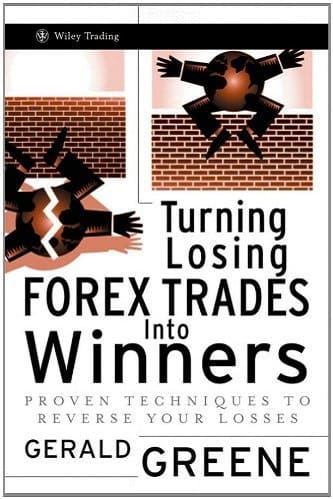
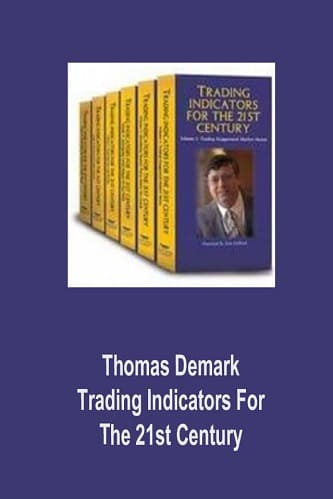

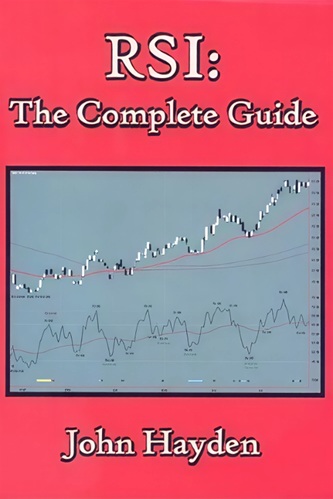
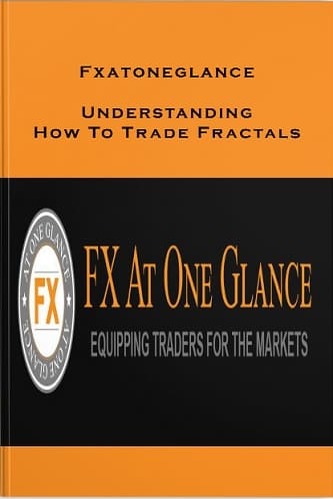

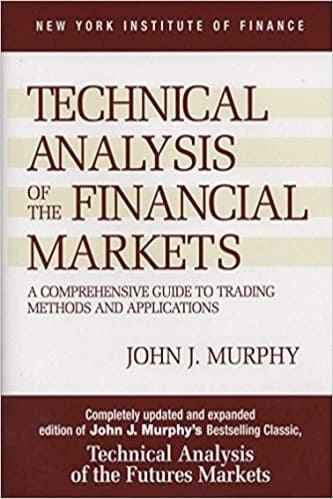
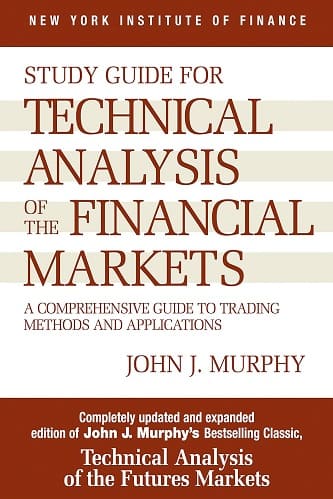
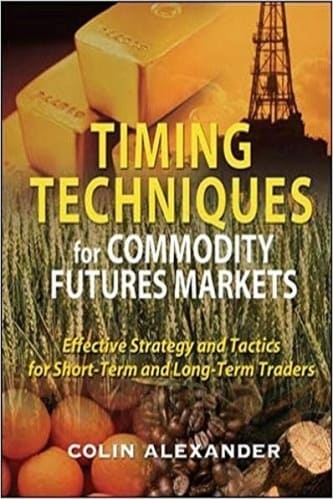
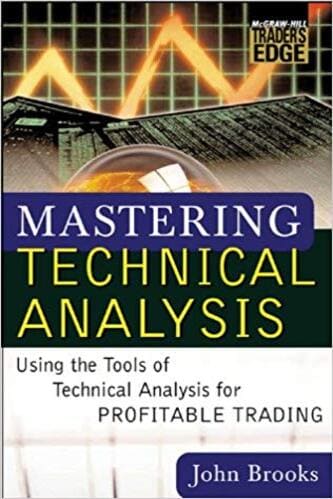
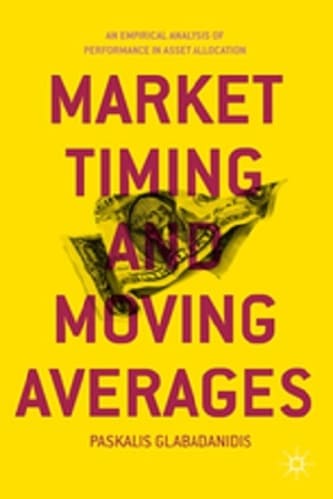
Remington Cobb (verified owner) –
This book offers traders an opportunity to reduce losses and exposure to margin accounts. Excellent!
Kylee Willis (verified owner) –
Turning Losing Forex Trades into Winners has lot of great stuff for both beginers and professional traders. Author, Gerald Greene has explained the techniques in detail with numerous visuals. I used many techniques for my initial entries and was successful. Chapters 1,2,5 and 10 are my favourites. Despite the name, Turning loosing trades into winners the techniques in the book can also be used to be winners from the get go. This will be a great asset to anyones trading knowledge
Aviana Chung (verified owner) –
I have been trading for years and the FOREX for four years and this is one of the best books I’ve read on the subject. I highly recommend it.
Malani Wagner (verified owner) –
Target market
—————–
Regarding profitability, there are two types of traders; those making and those losing money. If you are losing money (i.e. your strategy has a negative expectancy or faulty execution) then this text CANNOT HELP YOU. In this circumstance, cost averaging as expressed in this text will cause you to lose money faster since the premise is to make up for losses on the next or the next few trades. This is what is known as a Martingale type system (see Wikepedia for info on Martingale). As Van Tharp always says, the anti Martingale approach works.
If you are making money with your system, i.e. positive expectancy, then I would ponder one thing about taking the advice in this text and that is … Why would I alter my money management system because I’ve lost a trade? Certainly my money management approach will take into account losses and still be able to steadily increase my portfolio. Additionally, increasing your risk on the next trade assumes that your next trade is more likely to be successful than your last trade. Well, free Internet research will show that this premise is incorrect. Additionally, cost averaging is dangerous and may actually cause a good system to become marginal and a marginal system to lose money. Please read good money management texts for factual evidence to back up my claim (Van K Tharp etc).
Shallow
——–
With regard to the text’s shallowness, I can only say that it has no clear strategies. In fact, even the cost averaging that the book purports to teach has been handled in a very sketchy fashion with ideas on how to effect it strewn throughout the text in sentences such as “when suffering two or more losses in sequence, I do not attempt to recover everything with one trade, but spread it out over the next three or four entries” (page 101). Why not the next five or six entries, or seven or eight or one or two. Where is the rational behind using the next “three or four” entries. This statement alone should clue newcomers to trading to the fact that cost averaging is very dangerous.
The title is very appealing to those searching for the truth. The closest you will find in this text is the mention of their proprietary ROI (River Oscillator Indicator). I know nothing of the indicator but from the author you get the feeling that it is very good bordering on miraculous. You’ll have to pay for it. Nothing wrong with that. However, this book does not teach you how to use it. If interested, contact Concorde Forex Group, find out the cost of the indicator per month and any other costs such as training to use the indicator. Then make a reasonable decision as to whether or not it is worth it to you.
In closing, if you have a propensity for gambling, (which I don’t recommend) then I suggest you review the freely available techniques on the net. In fact, they will even give you detailed methods of how much to risk, how much to increase your risk for each subsequent loss and when to quit (when you have reached your draw down limit), which is more specific information than contained in this text. Although my review seems a bit harsh, there are two good aspects to this book; it handles “right edge trading” where the market does not have “text book entries”, and it gives you an idea of how to handle multiple time frames. So, if you are struggling with these two things … buy the book. Note that, the table of contents does not specifically say that it is dealing with multiple time frames, but that is what it is doing when it handles the topics of “Loss Recovery With Stochastics”. This section will be of benefit to newcomers.
Enzo Crane (verified owner) –
Hmmmmm. Yes. The title is a bit misleading, but the writer states that not all losers can be turned into winners. He offers a lot of useful information for trading, although I sometimes found it a bit technical for a beginner. Worth a read.
Ira Norman (verified owner) –
Simple and with quite a few examples showing the possible situations that day by day as a trader face.
It allows you to explore tools that can make you recover certain entries but as it is in everything related to technical analysis, backtesting and the personality of the trader is everything.